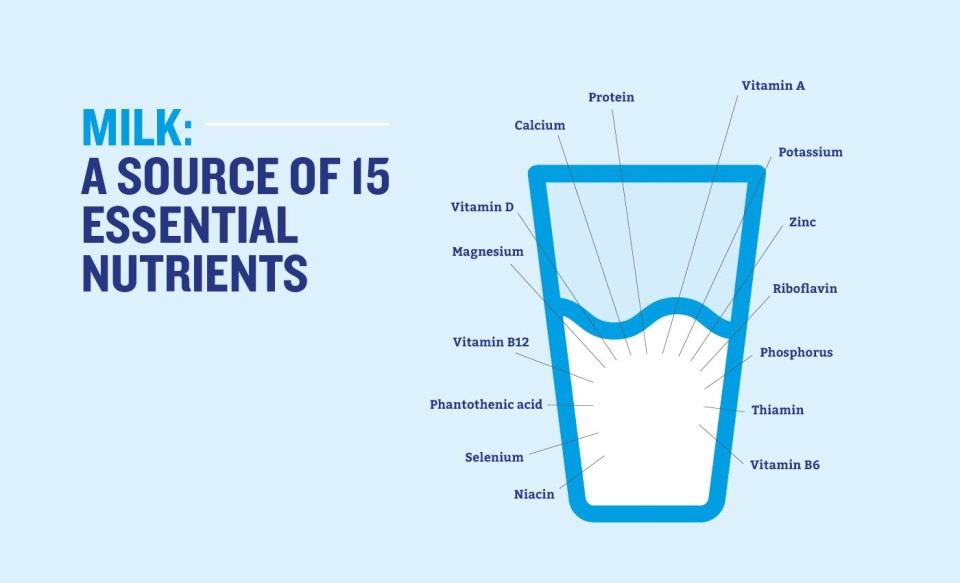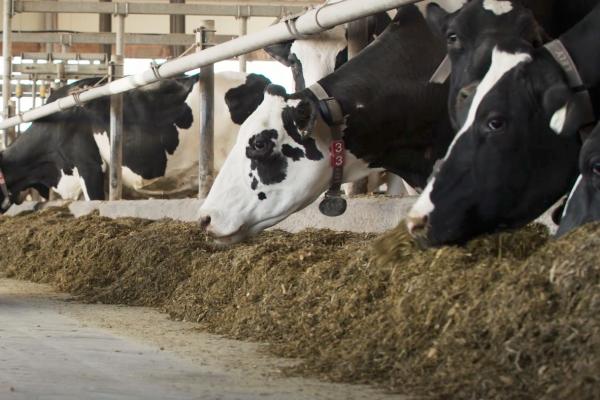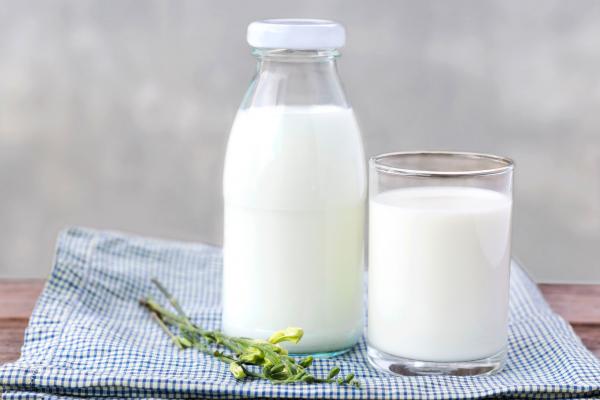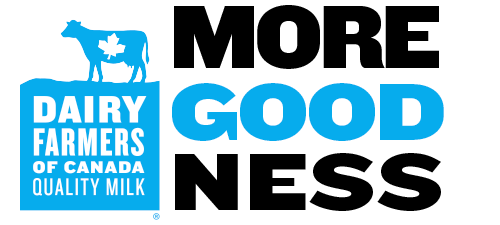Highlights
- Osteoporosis occurs when bone tissue loss is faster than normal, causing it to become weak and fracture.
- In 2016-2017, 2.3 million Canadians aged 40 and up were living with diagnosed osteoporosis.
- 70% of women aged 19 to 50 have inadequate calcium intake.
- As Canadians live longer and busier lives, ensuring calcium levels remain where they should be is paramount to our wellbeing.
In 2016-2017, 2.3 million Canadians aged 40 and up were living with diagnosed osteoporosis. About 80 per cent of them were women. With the risk of osteoporosis diagnosis doubling every five years between age 40 and 60, what can we do to avoid bone loss?
The best medicine is, of course, prevention. Osteoporosis occurs when bone tissue loss is faster than normal, causing it to become weak and fracture – and many people are not even aware that they have osteoporosis until this happens. Building and maintaining strong bones can help keep us healthy well into our later years and prevent fractures that wreak havoc on our quality of life. According to the Public Health Agency of Canada, hip fractures are among the most serious: more than one in five Canadians with a hip fracture died within the following year.
Eating a balanced diet that includes adequate calcium and other nutrients important for bone health is essential, but especially when it comes to calcium, we just aren't getting enough. Seventy per cent of women aged 19 to 50 have inadequate calcium intake and that number increases to a whopping 90 percent for women over 50 (Canadian Community Health Survey, 2015). What’s more, our ability to absorb this essential mineral decreases as we age.

A simple solution may be to increase or add milk products into our diets. Did you know there’s as much calcium in just one glass of milk as you’ll find in four servings of broccoli? Additionally, the calcium in cow’s milk is well absorbed (Weaver and Plawecki, 1994), allowing us to better benefit from its nutritional value. While certain dark green vegetables can also offer a high absorption rate (known as “bioavailability”), some plant-based sources of calcium may be less bioavailable. What’s more, simply popping a supplement pill might not be the best way to address a calcium shortfall compared with eating a more balanced diet. According to a 2009 study, milk products may be preferable to calcium and vitamin D supplements because they contain many other nutrients that are also important for bone health, including phosphorus, potassium, magnesium and vitamin B12 (Heaney, 2009).

As Canadians live longer and busier lives, ensuring calcium levels remain where they should be is paramount to our wellbeing. Along with incorporating physical activity into our day, avoiding smoking and excessive alcohol intake, ensuring we get enough nutrients like calcium from foods such as milk products is one of the best ways to improve our bone health before it’s too late.









